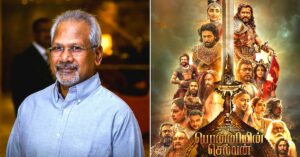The Making of A Nation: How Sardar Patel Integrated 562 Princely States
Here's why India owes an immeasurable debt of gratitude to the vision, tact and pragmatic diplomacy of Sardar Patel and his brilliant secretary, VP Menon.

Present-day India owes an immeasurable debt of gratitude to the vision, tact, diplomacy and pragmatic approach of Sardar Vallabhbhai Patel, the indomitable man who integrated 562 princely states with the Union of India and prevented the Balkanisation of the newly-independent country.
Back in 1947, India had finally gained a hard-fought independence but it had come with besetting problems — partition, communal riots and a refugee crisis. Add to that crippling resource constraint, fledgeling institutions and an ill-equipped colonial machinery and it’s not difficult to understand why India’s new government found the integration of more than 500 princely states a tough nut to crack.
Patel, India’s first deputy prime minister and the minister of home affairs, would not just handle these problems with deftness and dexterity but would go on to truly become the “Architect of Modern India”.
Here’s the story of how the visionary leader shaped India’s destiny with single-minded devotion.
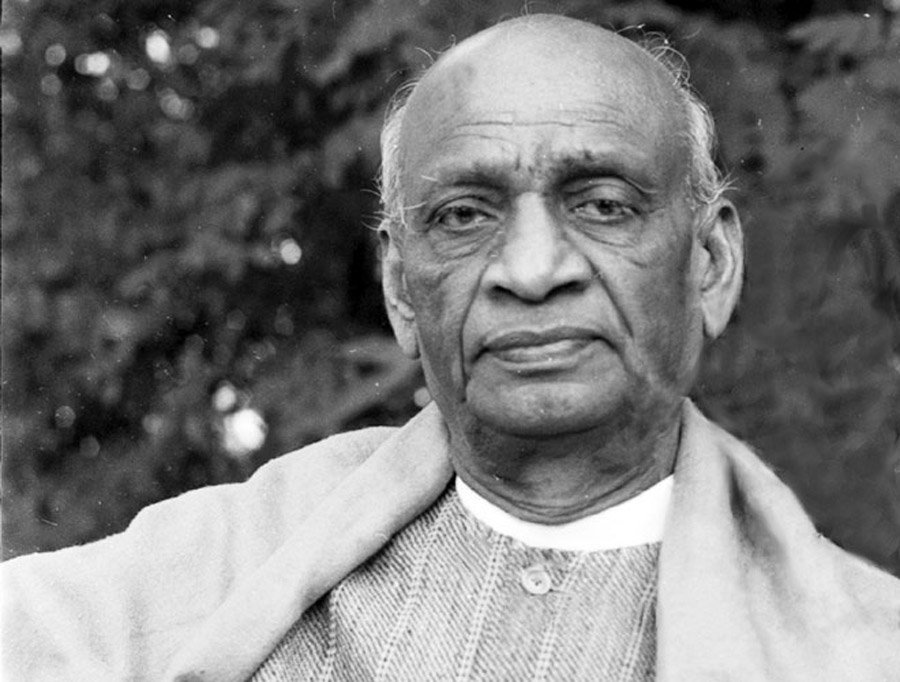
Having made his mark in the Kheda and Bardoli satyagrahas (during which he earned the title of ‘Sardar’), by 1946, Vallabhbhai Patel had already become one of the most popular leaders of the freedom struggle. Stoic and simple in his habits, he was a man of few words but when he did talk, people listened.
Which is why he was given the formidable task of integrating the princely states as India’s first deputy prime minister and home minister. With the swiftness of a military commander and skill of an innate diplomat, he got to work, ably assisted by V.P. Menon (then the Constitutional Adviser to Lord Mountbatten and later, the secretary of the Ministry of the States ).
Back then, the princely states covered 48% of the area of pre-Independent India and constituted 28% of its population. While these kingdoms were not legally a part of British India, in reality, they were completely subordinate to the British Crown.
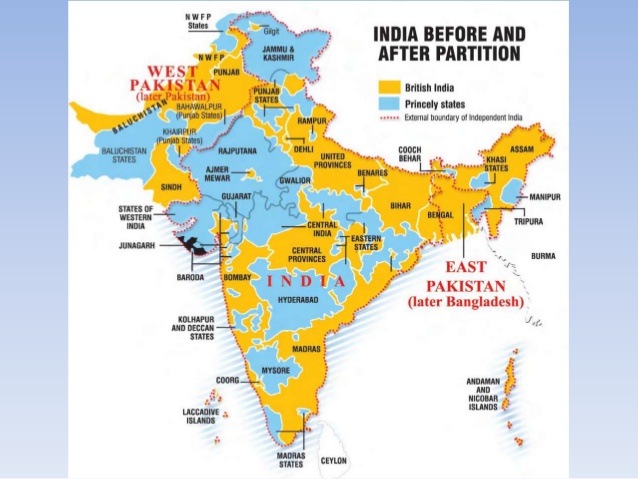
The Indian Independence Act of 1947 (based on the Mountbatten Plan) provided for the lapse of paramountcy of the British Crown over the Indian states. It also gave each of these rulers the option to accede to the newly born dominions India or Pakistan or continue as an independent sovereign state.
Realising the need to get these 500-odd chiefdoms to accede to India before the day of independence, Patel and Menon began using all the tricks in the bag — including the use of both force and friendly advice — to achieve their integration with the Indian dominion.
But the process was far from simple. Mollycoddled as well as exploited by the British for decades, many of the rulers saw the departure of the British as the ideal moment to declare autonomy and announce their independent statehood on the world map.
However, the brilliant team of Patel (who laid out the framework) and Menon (who did the actual groundwork) persevered.
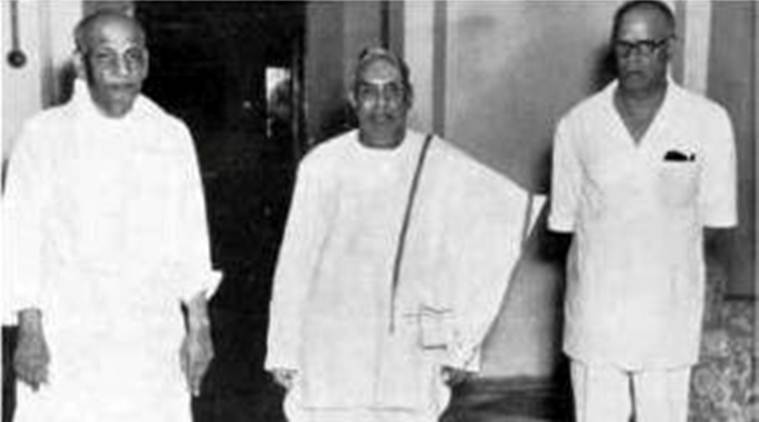
From invoking the patriotism of the princes to reminding them of the possibility of anarchy on event of their refusal to join, he kept trying to convince them to join India. He also introduced the concept of “privy purses” — a payment to be made to royal families for their agreement to merge with India.
“Through the spring of 1947, Patel threw a series of lunch parties, where he urged his princely guests to help the Congress in framing a new constitution of India,” writes historian Ramachandra Guha in his work, “India after Gandhi.”
Patel’s tireless efforts paid off when most of the rulers agreed to the dissolution of their respective states, surrendering control of thousands of villages, jagirs, palaces, institutes, cash balances amounting to crores and a railway system of about 12,000 miles to the Indian government without receiving any compensation.
Also See: These 30 Intriguing Pictures Are Some of the Rarest Photographs Ever Captured in India
By 15 August 1947, the process of integration of princely states was almost complete except for a few, who held out. Some simply delayed signing the Instrument of Accession — like Piploda, a small state in central India that did not accede to India until March 1948.
The biggest problems, however, arose with Jodhpur, which tried to negotiate better deals with Pakistan, with Junagadh, which actually did accede to Pakistan, and with Hyderabad and Kashmir, both of which declared that they intended to remain independent.
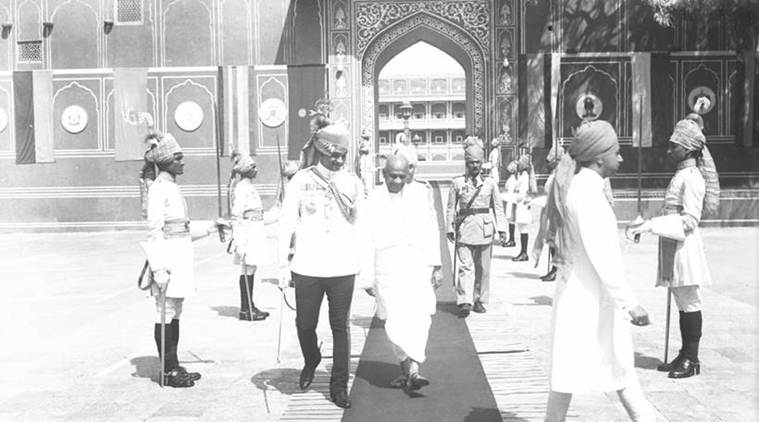
In June 1947, with the transfer of power looming on the horizon, Maharaja Hanvant Singh ascended the throne of Jodhpur and began faltering in the commitment his predecessor had made about joining India. Young and inexperienced, he reckoned that may get a better “deal” from Pakistan since his state was contiguous with the country.
So Hanvant Singh entered into negotiations with Mohammed Ali Jinnah, who is reported to have given the Maharaja a signed blank sheet of paper to list all his demands. From free access to the Karachi port to arms manufacturing and importing, the princely state was allowed to accede to Pakistan on any terms it chose.
Seeing the risks in the border state acceding to Pakistan, Patel immediately met Hanvant Singh and assured him that importing arms would be allowed, that Jodhpur would be connected to Kathiawar by rail and that India would supply grain to it during famines.
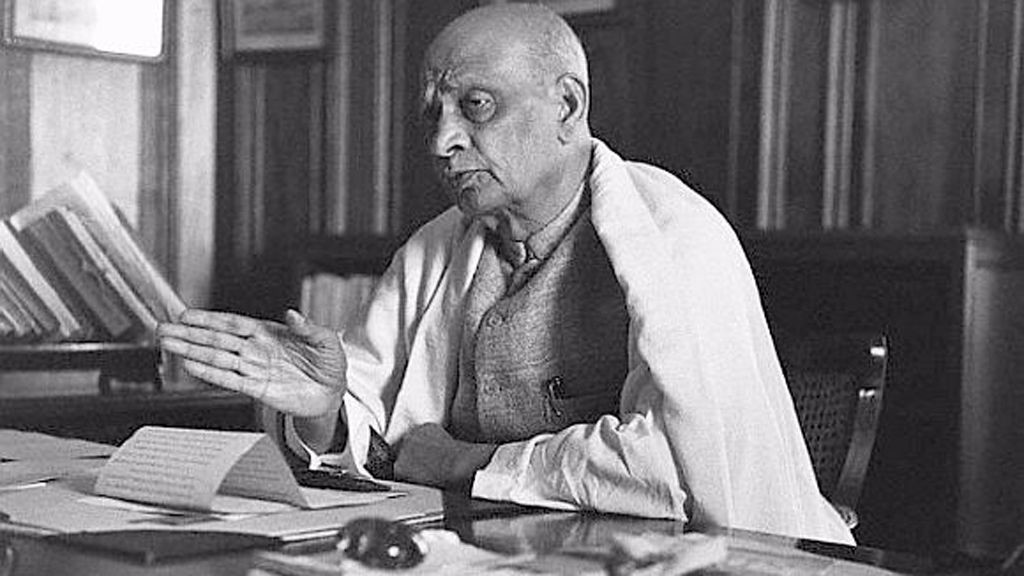
After the carrots, came the stick in the form of more important warnings — it was pointed out that the accession of a predominantly Hindu state to Pakistan would violate the basic tenet of the two-nation theory and was very likely to cause communal violence in the State. Thus, Jinnah’s blank cheque was quickly negated and Jodhpur acceded to India.
Next came Junagadh (now in Gujarat), a kingdom with nearly 80% Hindu population whose Muslim ruler decided to accede to Pakistan on September 15, 1947. The outraged people of Junagadh rose against the Nawab’s rule in several parts of the state , forcing the ruler to flee to Karachi with his family and formed a provisional Government there.
Patel asked Pakistan to reverse its acceptance of the accession and to hold a plebiscite. When it refused, he sent the Indian Army to annex the princely state on November 1, 1947.
This was followed by plebiscite that was held in December the same year, during which 99% of Junagadh’s people chose India over Pakistan.
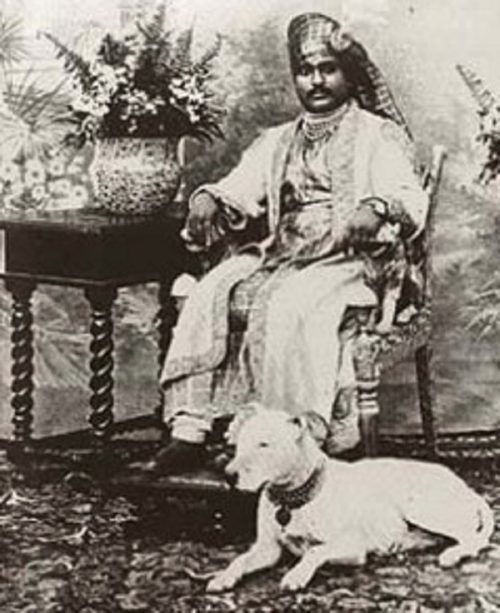
As for Kashmir, a princely state with a Hindu king ruling over a predominant Muslim population, it had remained reluctant to join either of the two dominions. The case of this strategically-located kingdom was not just very different but also one of the toughest as it had important international boundaries — to the east was Tibet, to the northeast lay China and to the northwest was Afghanistan.
Knowing Pakistan’s intentions about the volatile situation in Kashmir, Patel took a series of steps immediately. Planes were diverted to Delhi-Srinagar route, and telephone and telegraph lines were laid between Pathankot, Amritsar and Jammu as well. He further undertook strategic steps to place the Indian Army in an advantageous position.
Watching the prospects of Kashmir slipping out of its hand, Pakistan planned an invasion. On October 22, 1947, over 5,000 Pakistani lashkars (armed tribesmen) Army, invaded Kashmir. Two days later, a desperate Maharaja Hari Singh offered to accede to India in return for immediate military assistance.
You May Like: The Little Known Story of Major Somnath Sharma, India’s First Param Vir Chakra Recipient
On October 26, Menon flew to Jammu and got the Instrument of Accession signed by the Maharaja.
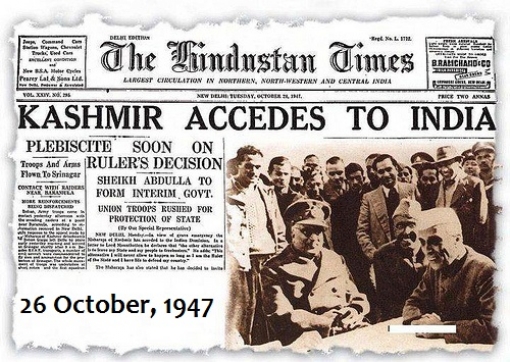
This was followed by an emergency meeting of India’s Defence Committee (comprising Nehru, Patel and defence minister, Baldev Singh), which ordered Indian troops in the Valley to evict the Pakistani invaders.
Patel realised immediately that the battle would be long and planned for the same. With India’s only motorable road link to Jammu and Srinagar (passing through Sialkot in Pakistan) being snapped, Indian troops were facing great difficulty in their strategic movement.
Taking it upon himself to build the missing link, Patel ensured that, within a fortnight, necessary materials was sourced. Workers (brought through special trains) started working round the clock to complete the job.
Patel’s resolute and focussed efforts worked — a road (capable of carrying the heavy army traffic) between Jammu and Pathankot was constructed within eight months.

Meanwhile, the ruling clique in Hyderabad (the largest and richest of all princely states) had blatantly refused to join the Indian dominion. Both requests and threats from Patel and others mediators failed to change the mind of the wily Nizam, who kept expanding his army by importing arms from Europe.
Things took a turn for the worse when armed fanatics (called Razakars) unleashed violence targeted at Hyderabad’s Hindu residents. Patel acted again. On September 17, 1948, Indian forces marched into Hyderabad under what came to be known as ‘Operation Polo’.
The armed encounter (that lasted four days), forced the Nizam to surrender and merge his kingdom with the Indian Union, 13 months after India had become an independent country.
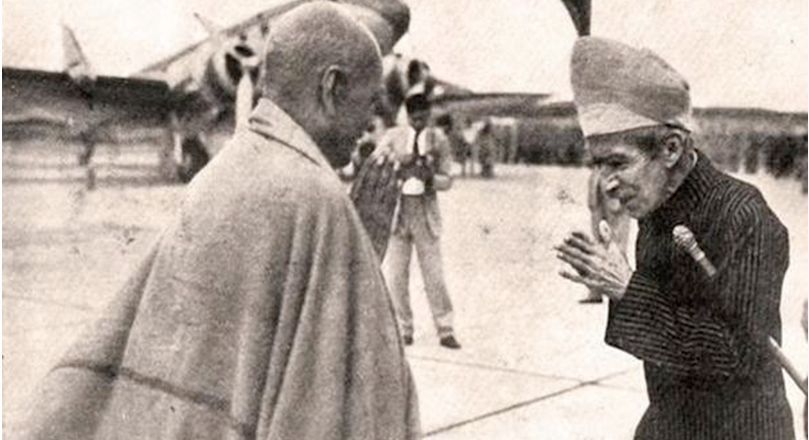
Interestingly, while Patel’s roles in bringing these royal territories into the fold of the Indian union is pretty well-known, few people know about that he also integrated Lakshadweep in time, ensuring that the beautiful coral atolls remained with India.
Immediately after August 15, 1947, Pakistan had started eyeing the the strategically located and almost “out-of-sight” island archipelago that was barely informed of the Independence. The attempts of the Pakistani Navy to seize Lakshadweep were thwarted when Patel acted with alacrity to send Indian naval ships to defend the island.
Thus, the ever-pragmatic Patel and his brilliant secretary accomplished the monumental task of unifying the princely states into the Indian union.
Article 1 of the Constitution states that “India, that is, Bharat, shall be a Union of States”. And there is no person who can claim greater credit for the creation of modern India than Sardar Vallabhai Patel.
At a time when differences, disputes and divides in the country are on the rise, its time we remembered the words this legendary leader had said during the Quit India Movement,
“We have to shed mutual bickering, shed the difference of being high or low and develop the sense of equality…We have to live like the children of the same father”.
Also Read: Yusuf Meherally, The Forgotten Freedom Fighter For Whom Bombay Once Stood Still
Like this story? Or have something to share? Write to us: [email protected], or connect with us on Facebook and Twitter.
NEW: Click here to get positive news on WhatsApp!
This story made me
-
97
-
121
-
89
-
167
Tell Us More
We bring stories straight from the heart of India, to inspire millions and create a wave of impact. Our positive movement is growing bigger everyday, and we would love for you to join it.
Please contribute whatever you can, every little penny helps our team in bringing you more stories that support dreams and spread hope.








